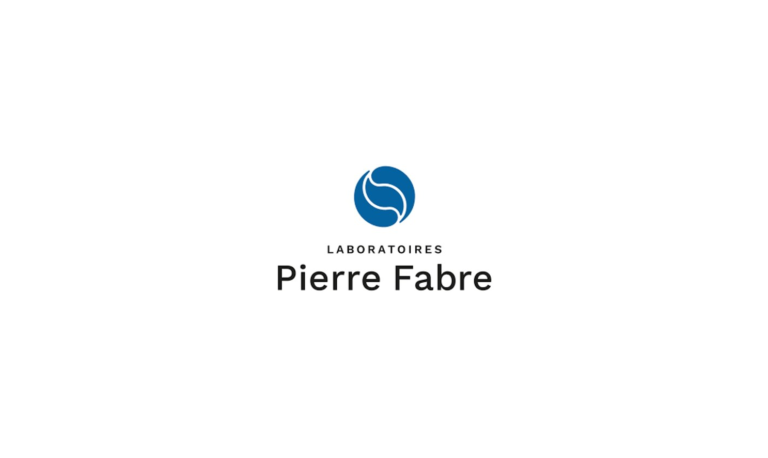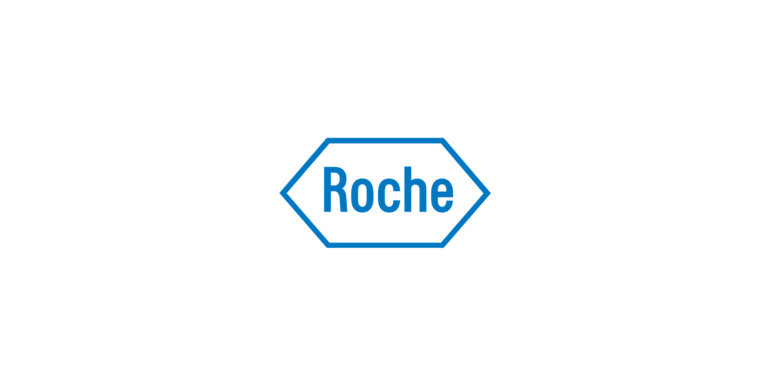Sernova Corp., a clinical-stage company and leader in cell therapeutics, today announced the U.S. Food and Drug Administration (FDA) has granted both Orphan Drug Designation (ODD) and Rare Pediatric Disease Designation (RPDD) for the company’s Hemophilia A program.
The FDA grants orphan designation, also referred to as orphan status, to therapies intended for the treatment of rare diseases that affect fewer than 200,000 people in the US. This designation provides certain benefits, including tax credits for qualified clinical testing, waiver or partial payment of FDA application fees and seven years of market exclusivity, if approved. Separately, rare pediatric disease designations are granted for rare diseases that primarily affect children under 18 years old with recipients of this designation being awarded a priority review voucher, upon approval. The priority review voucher may be redeemed, transferred, or sold.
“We are pleased with the FDA’s decision to grant these designations for our novel treatment for Hemophilia A, which uses the Cell Pouch™ in combination with cells corrected for the production of Factor VIII,” commented Cynthia Pussinen, Chief Executive Officer of Sernova. “Hemophilia A is a serious, life limiting condition and we are committed to advancing development of the program, with a hope to positively impact patients around the world who are waiting for improved treatments.”
About Sernova’s Hemophilia A Cell Pouch System Program
Sernova’s Hemophilia A program combines the Sernova Cell Pouch™ with a patient’s own cells and will not require the use of immunosuppression medications. This therapy is intended to replace Factor VIII (FVIII) – an essential blood-clotting protein that is deficient or absent in patients with hemophilia A; this is accomplished by correcting the patient’s own Blood Outgrowth Endothelial Cells (BOECs) and subsequently returning them to the patient via the Cell Pouch™. These modified cells function to release FVIII into the bloodstream, restoring the patient’s ability for clotting during periods of bleeding.
Sernova and research partners, through a Horizon 2020 grant which is part of the EU’s research and innovation funding program in proof-of-concept work, successfully corrected human blood cells from patients with hemophilia A to produce Factor VIII using a novel first-in-class gene and cell therapy approach where the corrected cells were transplanted into the pre-implanted, vascularized Cell Pouch in a preclinical model of Hemophilia A. The work demonstrated an improvement in blood clotting using the combined technologies (Efficient and safe correction of hemophilia A by lentiviral vector-transduced BOECs in an implantable device; Molecular Therapy: Methods & Clinical Development Vol.23, Dec 2021).
Collaboration with the University of Piemonte Orientale
The company is pleased to announce a collaboration with the University of Piemonte Orientale, Italy under the direction of Antonia Follenzi MD, Ph.D. Professor of Histology and Cell and Gene therapy. Dr. Follenzi is a pioneer of cell and gene therapy approaches to cure Hemophilia A. Her laboratory has expertise in the generation of BOECs from Hemophilic patients and correcting the FVIII gene using Lentiviral vectors.
The purpose of the new collaboration is to optimize the technology using lentiviral vectors to drive the expression of FVIII transgene under the control of novel promoters into BOECs of hemophilia patients to achieve optimal sustained production of FVIII using an optimized cell dose within the Cell Pouch in an animal model of Hemophilia A. The overall goal of the collaboration is to develop a product combination along with pre-clinical results that support advancing into clinical trials in patients with Hemophilia A.
Professor Follenzi stated, “I am pleased to be working with the Sernova team on these advanced technologies for a new and safe treatment of patients with Hemophilia A using a gene and cell therapy approach within the Cell Pouch. Our goal is to advance these new technologies to further maximize the release of FVIII into the bloodstream and to extend the duration of that release for a sufficient duration of time to eliminate the need for weekly infusions of FVIII and to significantly improve the lives of people with Hemophilia A.”



